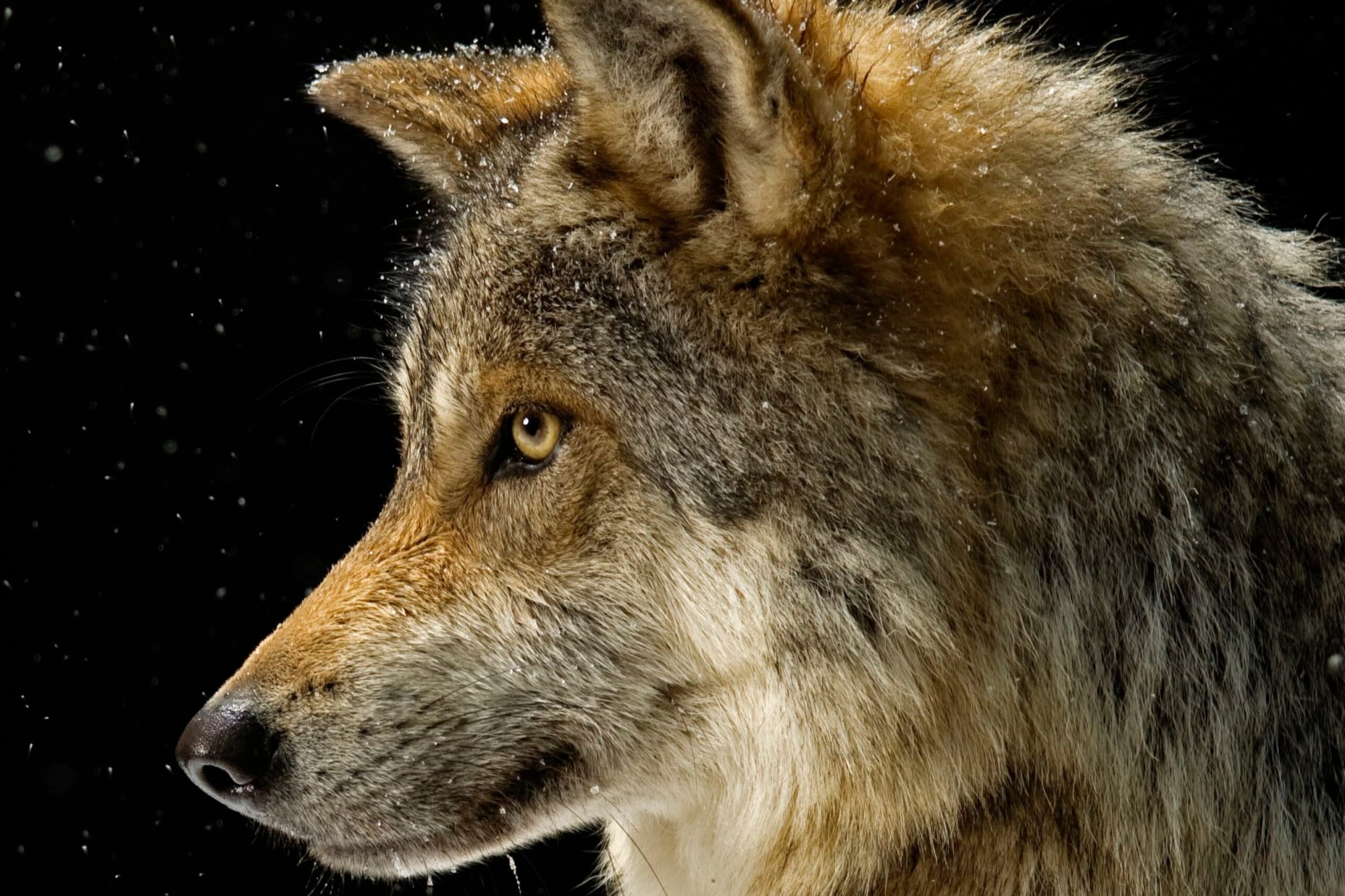From their cooperative hunting strategies to their loyalty to the pack, wolves have a sophisticated social order. Their incredible hearing, sense of smell, and problem-solving abilities allow them to survive and thrive in various climates and terrains. Not only are wolves intelligent animals, but they also play a crucial role in regulating the populations of their prey animals, contributing to the overall health of the ecosystem. As one of the most fascinating creatures in the animal kingdom, wolves continue to awe and inspire us with their resilience, strength, and unique traits.
10 Astonishing Traits of Wolves: How They Hunt and Communicate
1. Pack Mentality
Wolves are social animals and live in packs. The pack is led by an alpha male and female who are responsible for making decisions and enforcing pack rules. The members of the pack are closely bonded and work together to hunt for food, care for the young and defend the pack.
2. Excellent Communication Skills
Wolves have a sophisticated communication system consisting of body language, vocalization, scent marking, and facial expressions. They communicate with each other to establish dominance, attract a mate, and coordinate their hunting strategies. They even use their tails to signal a subordinate member of the pack to back off.
3. Incredible Sense of Smell
Wolves have an acute sense of smell that is crucial to their survival. They use their sense of smell to locate prey, mark out their territory, and communicate with other wolves. Wolves can smell up to 2 miles away and can detect even the faintest scents.
4. Intelligence and Problem Solving Capabilities
Wolves are intelligent animals that can adapt to different situations, learn from their experiences, and solve problems. They have been observed collaborating with each other to hunt prey, using tools to access food, and even teaching their young how to hunt.
5. Cooperative Hunting Strategies
Wolves hunt in packs and use cooperative strategies to take down their prey. They work together to isolate a single target, chase it, and eventually bring it down. They use their communication skills and different hunting tactics to make a successful kill.
6. Endurance and Stamina
Wolves are known for their strength and endurance. They can run at a speed of 40 miles per hour and can travel up to 30 miles in a day. Their long, slender legs, and their efficient respiratory system help them conserve energy while chasing their prey.
7. Incredible Hearing Abilities
Wolves have an acute sense of hearing that helps them detect sounds from miles away. They can hear sounds at a frequency of up to 45 kHz, which is well above the human range. They use their hearing abilities to locate prey, detect predators, and communicate with other wolves.
8. Adaptability and Resilience
Wolves are highly adaptable animals that can survive in various climates and terrains. They can also endure harsh conditions such as lack of food or water. Their resilience is evident from their ability to bounce back from the brink of extinction and repopulate different parts of the world.
9. Loyalty and Devotion to the Pack
Wolves are fiercely loyal and devoted to their pack. They work together to raise the young, care for the sick or injured, and defend the pack from predators. They are known to mourn the loss of a pack member and will even risk their lives to protect the pack.
10. Importance to the Ecosystem
Wolves play a crucial role in the ecosystem by regulating the populations of their prey animals. By doing so, they help maintain the balance among different species and contribute to the overall health of the ecosystem. They also help prevent the spread of diseases by removing sick animals.
Conclusion
Wolves are fascinating animals with incredible abilities and traits. Their pack mentality, communication skills, sense of smell, problem-solving abilities, and hunting strategies are just some of the reasons why they are so amazing. Their importance to the ecosystem cannot be overstated, and they continue to awe and inspire us with their resilience and strength.
